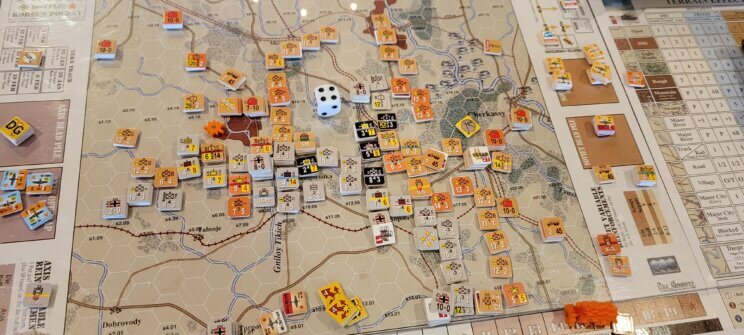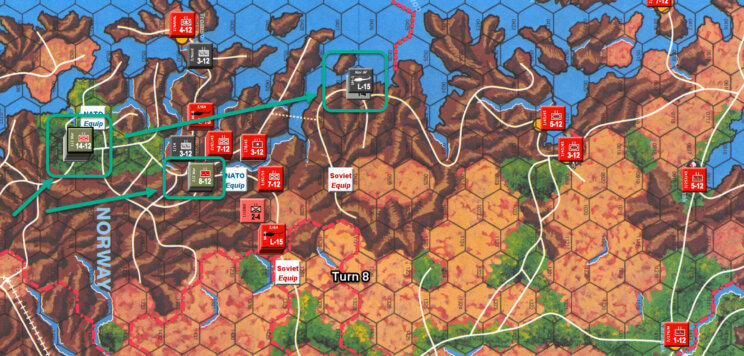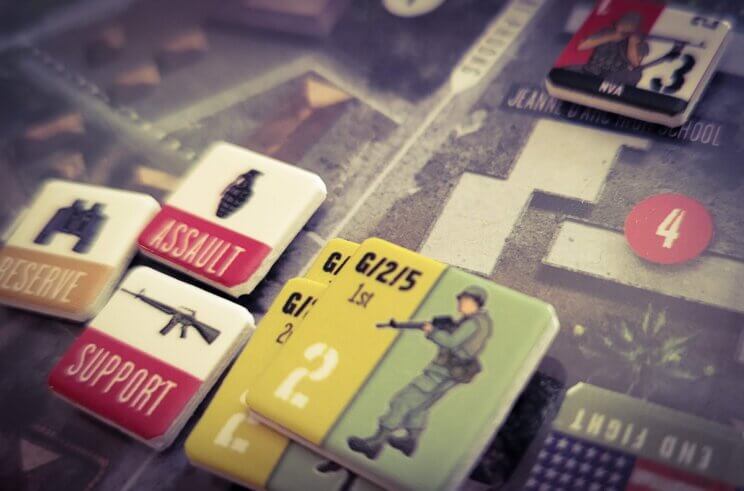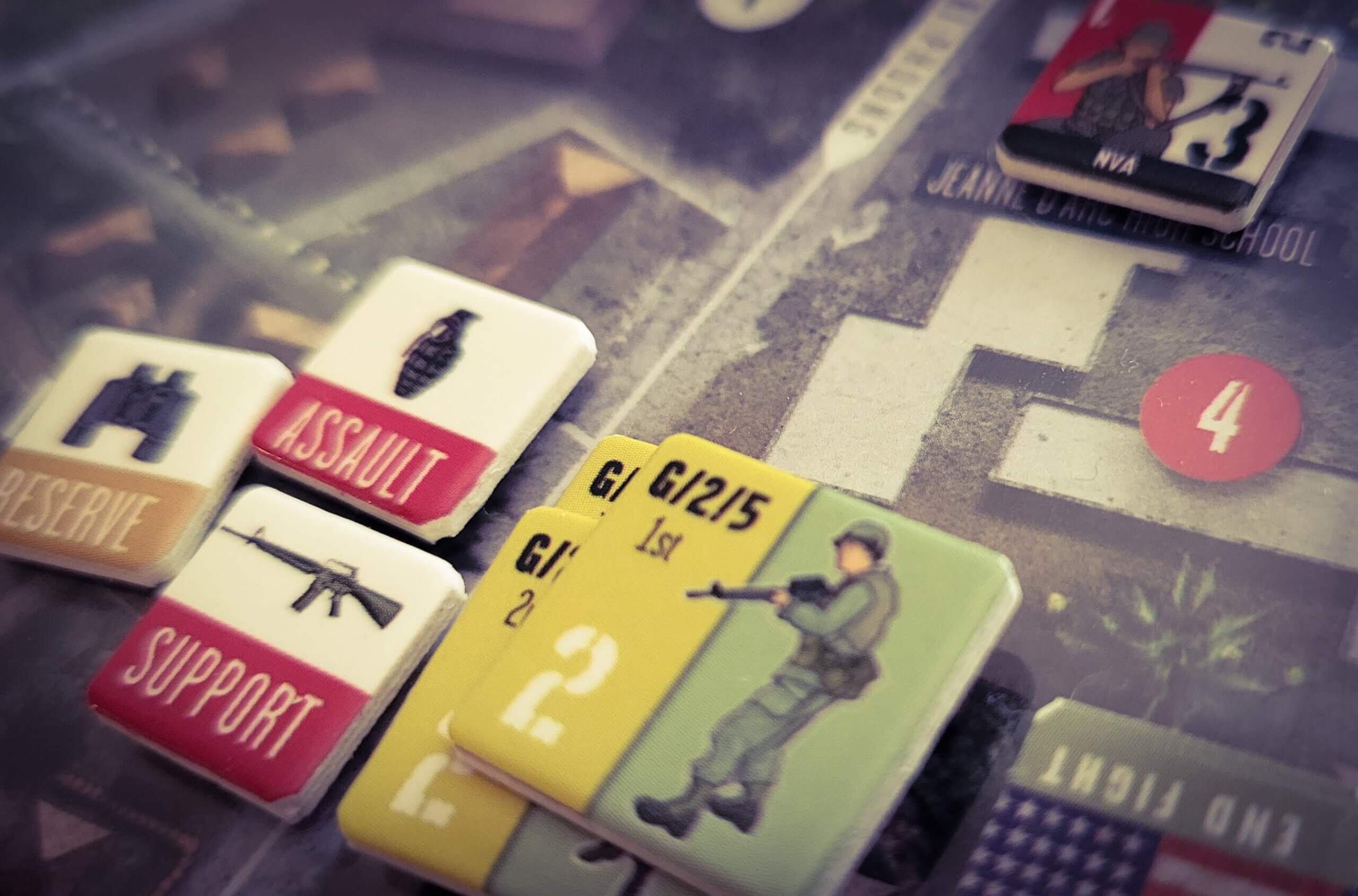Generally speaking especially in the modern era not well covered and not of much interest to the average player.
https://www.independent.co.uk/news/world/europe/russia-troops-convoy-freezing-death-b2031696.html?
https://www.independent.co.uk/news/world/europe/russia-troops-convoy-freezing-death-b2031696.html?
That said the concepts around logistics first off need to be playable, subject to the era.
We have seen even the venerable OCS begin to make adjustments to and concessions with how supply is handled particularly in the late war on the Eastern

Front in WWII. With such ideas as automatic trace to specific hexes, no requirements to manually move via truck or wagon or rail, supply or SP as they are know in game – they just ‘arrive’ at certain HQ locations at an Army Level. There are solid justifications for all these ‘new rules’. But they are also at heart a concession to playability.

Front in WWII. With such ideas as automatic trace to specific hexes, no requirements to manually move via truck or wagon or rail, supply or SP as they are know in game – they just ‘arrive’ at certain HQ locations at an Army Level. There are solid justifications for all these ‘new rules’. But they are also at heart a concession to playability.
Just as partial firing of arty, supply caches and other concepts enhance the game and simplify the process of managing the supply net.
Having just finished up NORDKAPP a bit of a wonky old S&T magazine game. It had a cursory application of Supply, but if you did end up OOS, woe betide your forces.
MP’s reduced down from 12 to 4. Defence halved and attack factors dived by 1/3!!!
Which funnily enough was how I secured a slim victory no less.
MP’s reduced down from 12 to 4. Defence halved and attack factors dived by 1/3!!!
Which funnily enough was how I secured a slim victory no less.

What will be interesting I suspect in the future is to compare say efforts to conquer Iraq, and UA, what tactics were used, how logistical chains were managed, measure tempo etc.

At lower tactical level, Squad, Platoon and Company very few games model much either. A recent first play of A Week in Hell demonstrated however just how much impact supply/command can have on the battle field with its smart isolation rules.
Once the UA insurgency phase starts compare that to the Afghanistan occupation and see the differences in approaches tactically [different terrain and opponents, weapons not withstanding] and how that is handled logistically too.
Rocky Mountain Wargamer wrote a brief article looking at wargames and how they handle logistics.
In the modern Era perhaps only Thin Red Line by Fabrizio Vianello games gets it ‘more right’ than most. See link below.
rockymountainnavy.com/2022/03/09/wargame-wednesday-wheres-my-supply/
rockymountainnavy.com/2022/03/09/wargame-wednesday-wheres-my-supply/

Logistics are such an important part of any military operation (look at the Russians stuck outside of Kiev) but are boring to play. I think OCS does the best job of modeling logistics, and still make the games playable.
Cutting factors by 2/3 for out of supply seems silly, because front line commanders aren’t complete nitwits and would slow down and stockpile supply at intermediate locations so that if then supply interrupted they would not be completely crippled. So you might have ungamable situation where units acted at 75% of capability preemptively and then when supply was actually cut depending on circumstances they could maintain that or taper off activity to an uncertain degree. In other words different command levels may not be just mindless twats who drive forward till they run out of supplies and then just collapse, but out of supply would play out very variably for different units, commanders and circumstances. Another magazine game ill-thought out rule in Nordkapp.
Thats what happens when you shove games out on a monthly basis! Limited play testing and limited review of concepts.